DORDOGNE
It’s no secret that the British are in love with the Dordogne and have been taking up residence there for several decades. The attractions are obvious with varied landscapes, historic buildings, picture perfect villages and a very relaxed way of life.
The fascinating prehistoric heritage of this department ensures that the Dordogne is a popular tourist destination with tourism now accounting for 21% of the Department’s income. Attractions include the breath-taking prehistoric cave paintings at Lascaux and the picturesque village of La Roque Gageac which clings onto the side of a rock face that shelters a 12th century troglodyte fort.
The Dordogne is renowned for its bastide towns such as Monpazier, Monflanquin, Eymet and Domme. These combined with a plethora of châteaux makes this region especially attractive to overseas buyers and the French alike. The Dordogne river has brought prosperity to the region over the centuries and today its deep gorges, fast flowing waters and steep banks make it a haven for water sport enthusiasts.
Like most regions in France, the Dordogne has a strong gastronomic heritage and is renowned as the heart of truffle production in France. Other regional delicacies include foie gras, snails, cèpes, walnuts, the sweet wine of Monbazillac not to mention duck in all its various forms.
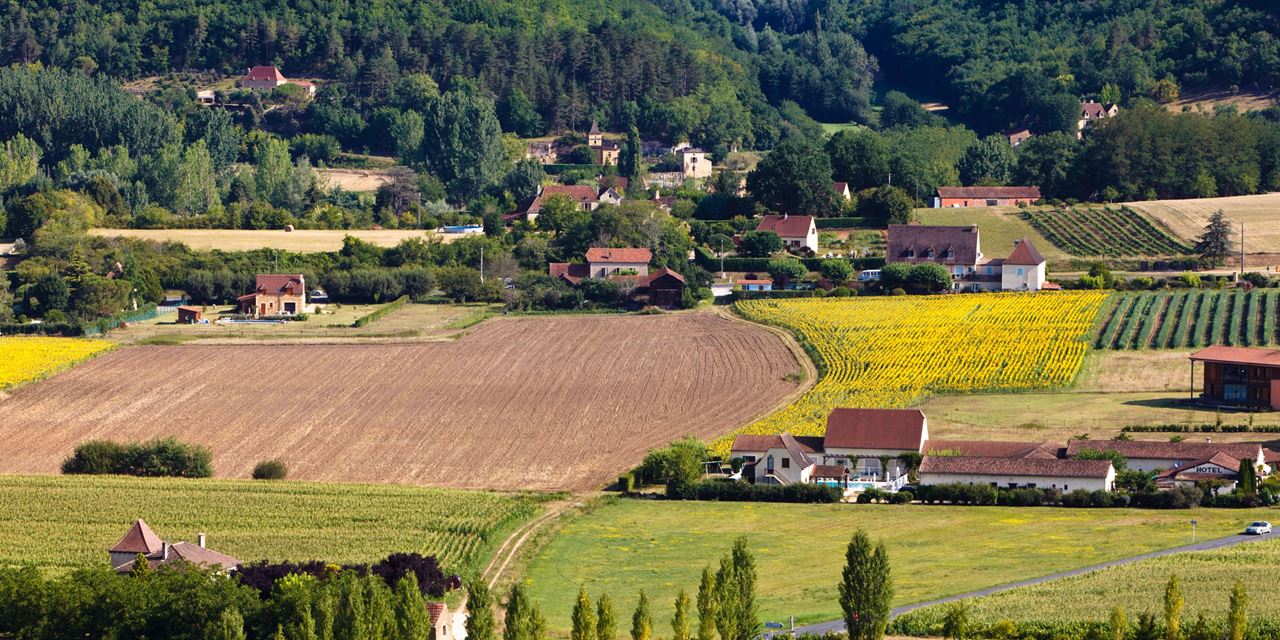
Part of the department of Aquitaine-Limousin-Poitou-Charente, the Dordogne is the third largest and the third most wooded department in France. It encompasses a variety of topographies with four distinct areas, often referred to as the four colours of the Gironde:
Périgord Noir (black) named for its dark oak forests around the Vézère Valley and Sarlat-la-Canéda
Périgord Pourpre (purple) the winegrowing regions around Bergerac
Périgord Blanc (white) after the limestone hills around the capital Périgueux
Périgord Vert (green) for the forested regions of the north.
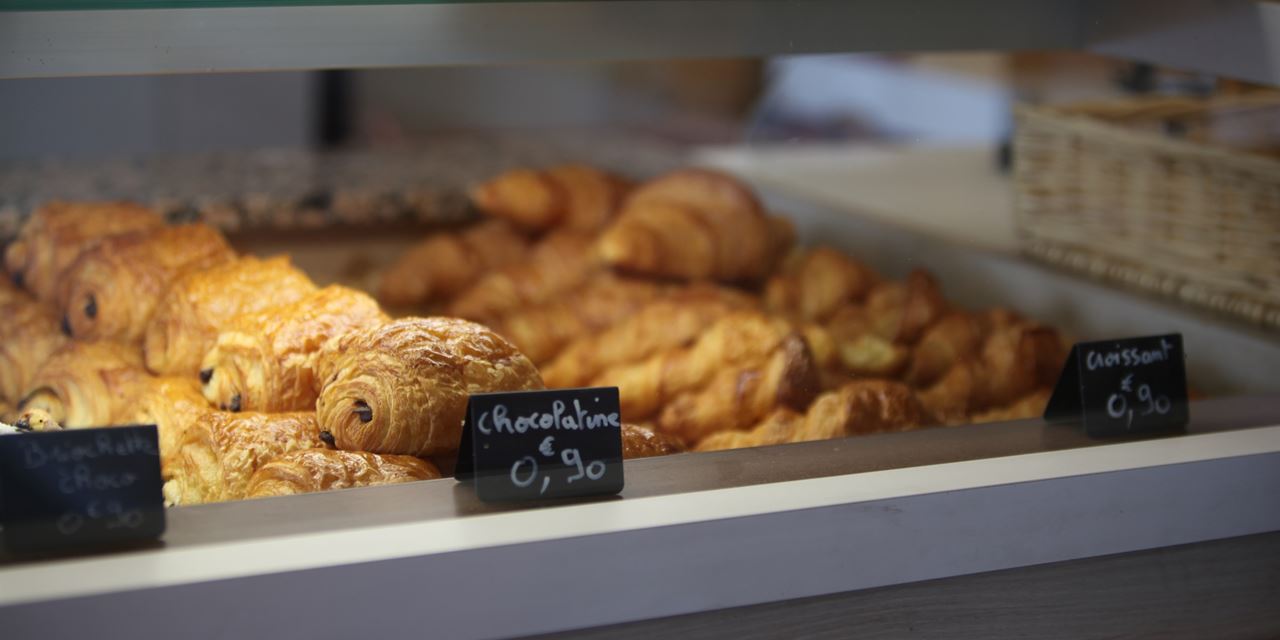
The Dordogne offers excellent value for money, taking into account all the Department has to offer, and the quality of the housing stock, the prices really are remarkable. The Dordogne like many departments was hit by the recent economic crisis, today prices are at the same level they were in 2010. This is a location that really can't be beaten if you are looking to maximise the buying power of your euros.
The rural properties of the Dordogne have distinct high pitched roofs and dormer windows, this space was traditionally used for storing animal feed, and the living quarters were found on the ground floor. Over time these properties have been adapted to suit modern living with the bedrooms now nestling in the eaves.
The larger more prestigious homes are often referred to as a ‘chartreuse’; which is an elongated, single storey property. They were built for easy living and usually have one large room on the ground floor with doors opening onto both the front and rear gardens. The servants’ quarters and storage were situated on the first floor. These properties were built for the wealthy city residents and pigeonnier towers or ornate stone work were often added to mark the owner’s wealth.
The area also boasts a wealth of fairy tale castles complete with spires and turrets; the epitome of the archetypal French Château.
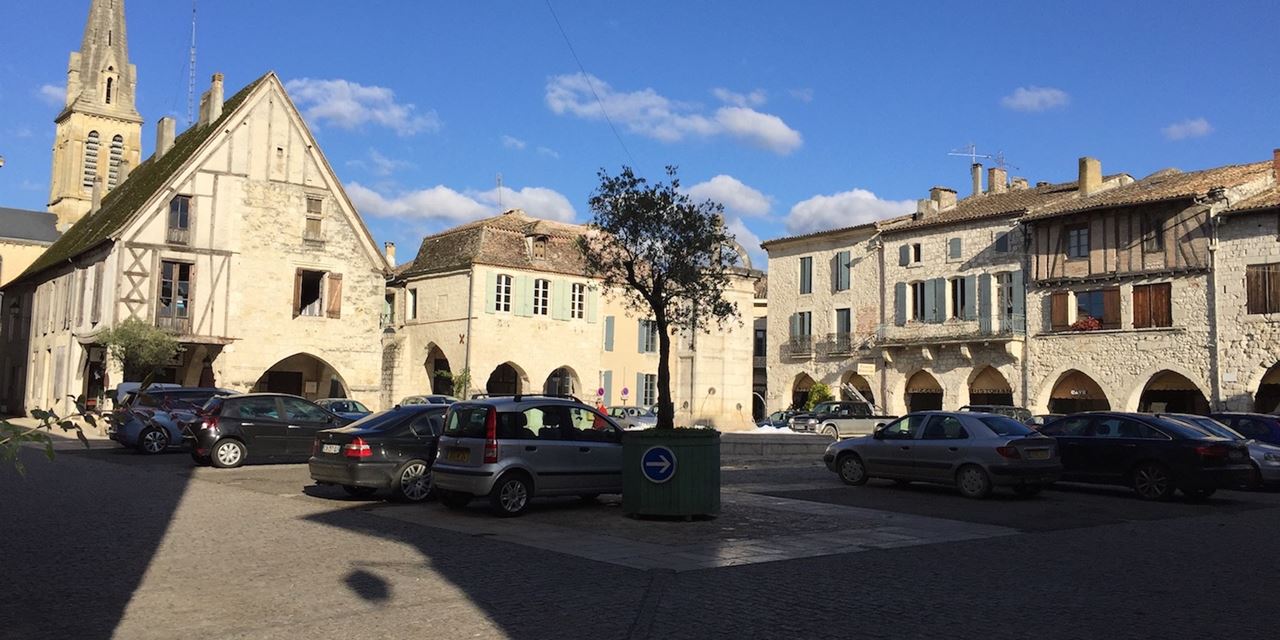
For a small two-bedroom holiday home in a desirable location you can expect to pay in the region of 150,000€. If you are looking to purchase a three-bedroom family home, with a garden and pool expect to pay in the region of 300,000€. For properties with an up and running gîte prices start at around 380,000€ depending upon the quality and number of rental units. At the top end of the market, a quality, well renovated manor house will start in the region of 800,000€. Whatever your budget, we will help you find a property that offers the many pleasures of living in the Dordogne.
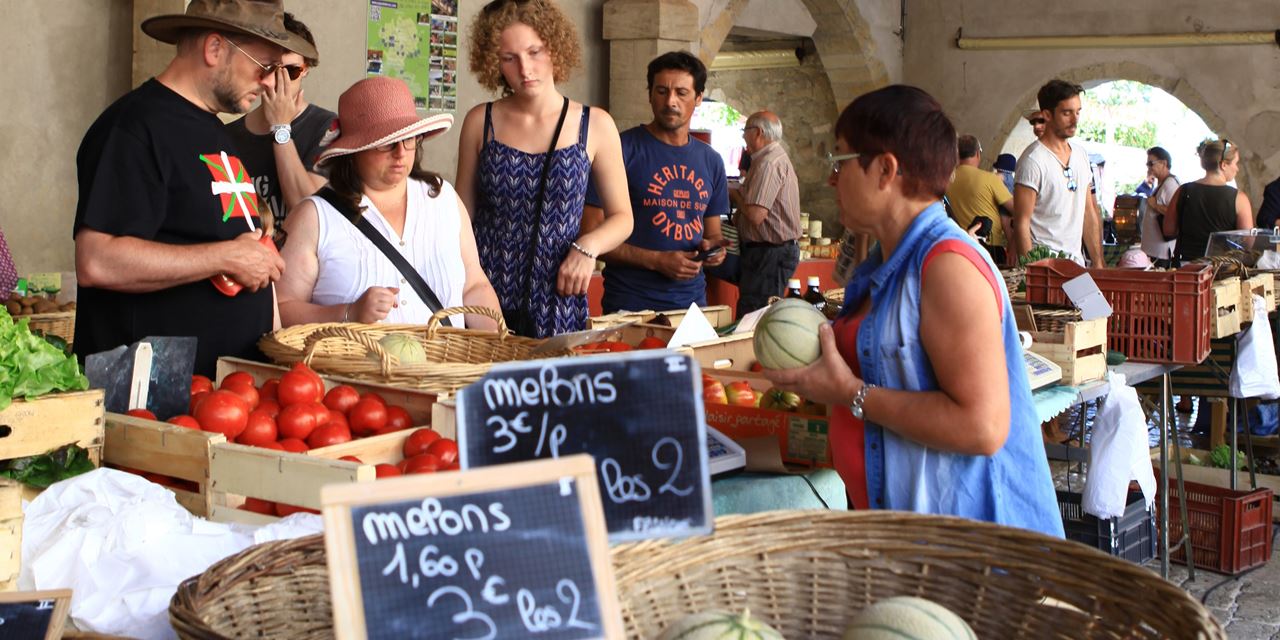
The Dordogne is very accessible via all methods of transport. It is easily reached via the airports of Bergerac, Brive, Limoges and Toulouse. Direct flights can be taken from the UK cities of Bristol, London Heathrow, London Gatwick, Manchester, Birmingham, Southampton, Nottingham and Liverpool. There are also flights to Amsterdam and Brussels. Perigueux is five hours from Paris by car and the motorway that serves the area is the A89 which connects Bordeaux/Libourne to Clermont Ferrand. If you are thinking about sailing from UK, the closest ferry ports are St Malo and Caen.
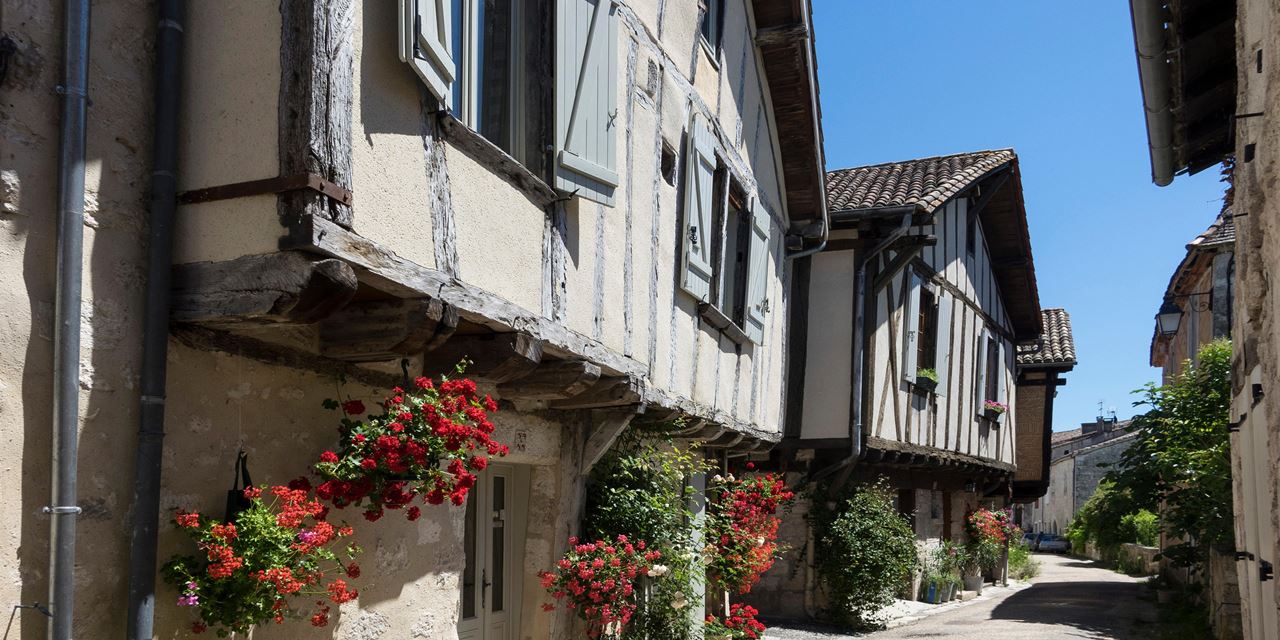
The local schools across the Dordogne are of a good standard. However, if you are interested in private schooling, the private school system in France is highly subsidised and the result is very reasonable prices. You can expect for a private school to pay between 150-450€ per month; with the higher price including boarding option.
Bergerac is one of the more significant towns in the Dordogne and is the gateway for many visitors from the UK, Belgium and Holland to access this attractive region of France.
The old centre of Bergerac is full of lovely cobbled streets and squares to explore full of individual boutiques, bars, cafés and historical buildings.
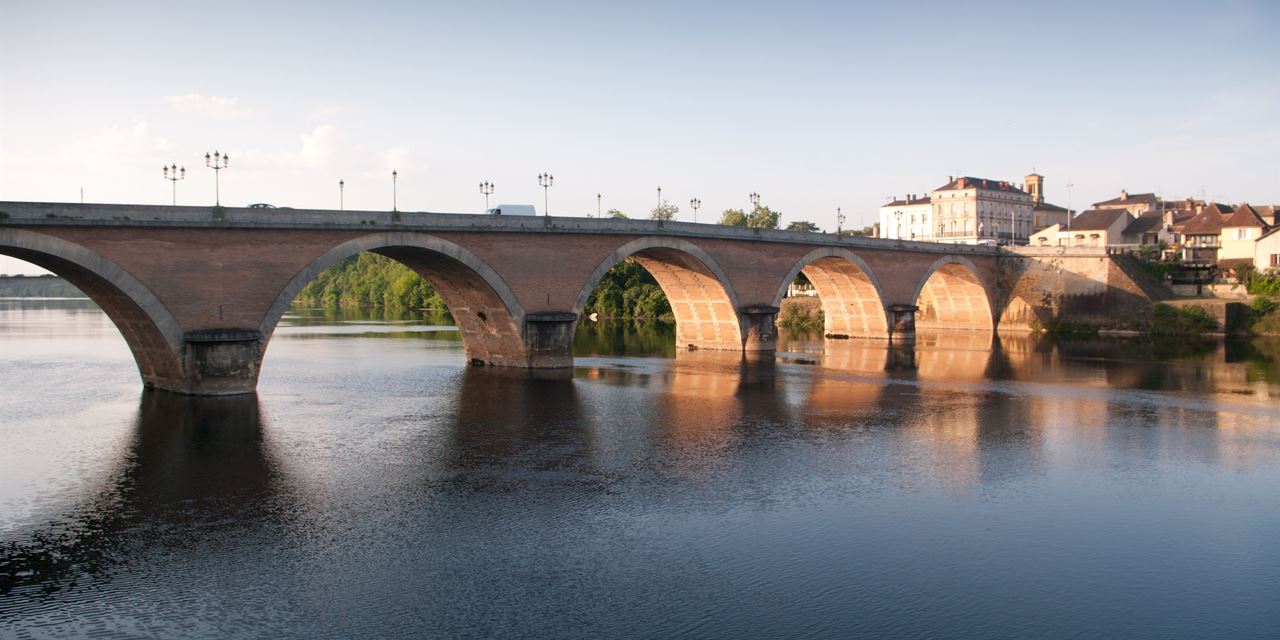
The river Dordogne is a prominent feature of the town, historically an important port, it is now used by tourists as they take the traditional wooden boat trips along the river.
The market is held in the newer part of the town each Saturday and is one of the largest and most colourful markets in the Dordogne.
This pretty bastide town located on the banks of the river Dropt has been synonymous with the British for a number of centuries.
The central town square is flanked by traditional colombage buildings that form the attractive medieval arcades of shops and restaurants. It is also the location for the vibrant weekly market as they take their pitches around the central fountain.
In recent times, Eymet has become a British enclave where you can easily purchase British produce, sample fish and chips and converse with many residents in English.
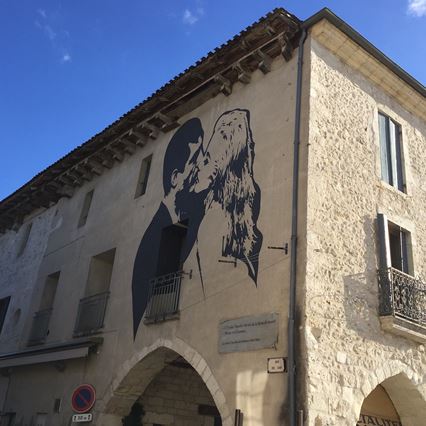
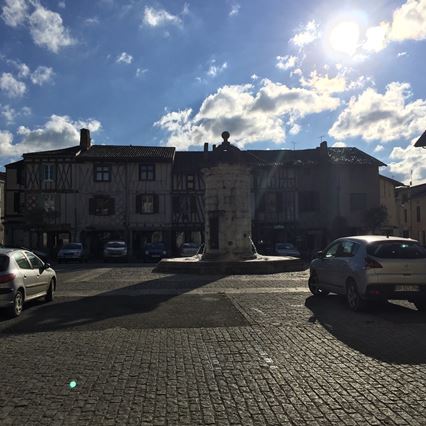
Unlike many of the formal bastide towns in the Dordogne, Issigeac is a warren of small streets where you can see something different at every turn.
A well maintained and loved town by the residents, it is undoubtedly at its finest on a warm Sunday morning when the streets come alive for the weekly market. You will find everything from fresh fruit stalls to rare antique books and most things in between.
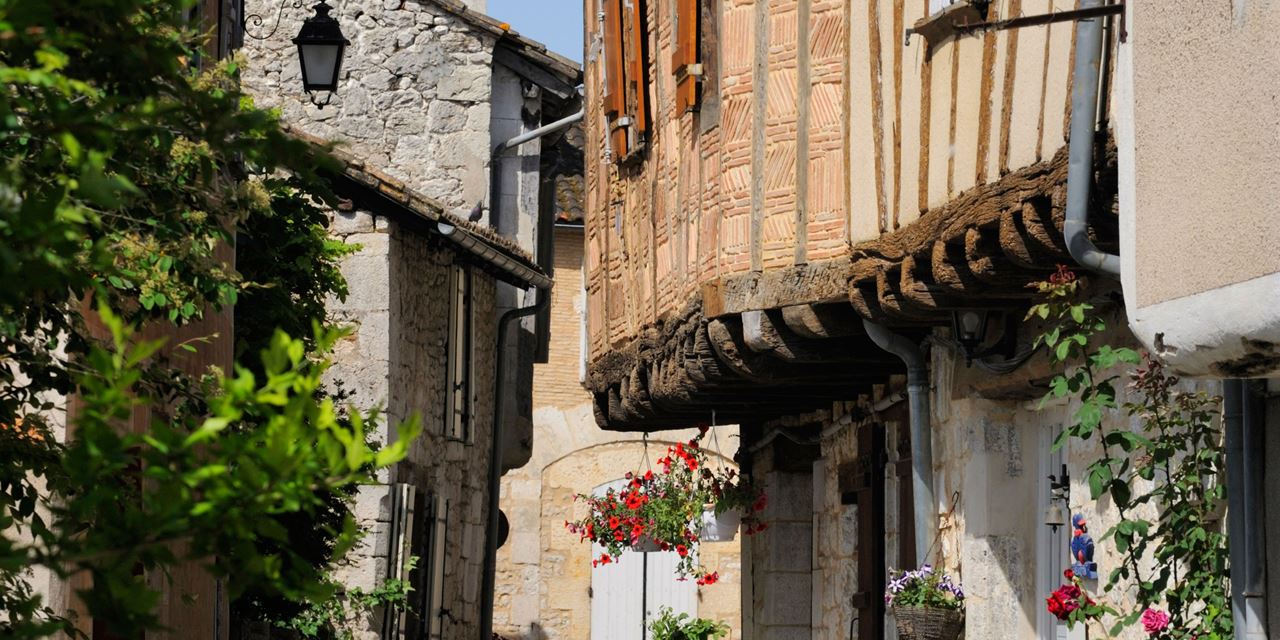
This is a small but friendly town located along the banks of the Dordogne river with basic commerce. It has easy connections into both Ste Foy la Grande and Bergerac making it ideal for those of you the facilities of a larger town whilst benefiting from a more rural location.
20km to the South West of Bergerac in the heart of the Purple Perigord is the small town of Monestier. The town is surrounded by the vineyards of Bergerac and its parish church houses fragments of pottery and mosaic dating back to the Gallo roman empire.
The main village is located on the road which connects Libourne to Bergerac with the Dordogne river to the south. Montcaret is most known for its Gallo-Romain remains and 11th Century church.
The town has basic commerce (a great bakery!) and as you climb to the north the topography changes to vine-filled hillsides and ridges with wonderful views.
This lively town has a good range of commerce and a bustling weekly market on a Wednesday. The pretty River Isle runs through the town which attracts tourists to the area.
Surrounding Montpon-Ménestérol is the 'Forest de la Double' which covers 50,000 hectares with pine trees, oaks and ferns. The town is located on the principal route which connects Bordeaux to Perigueux.
This is one of the most visited mediaeval towns in the Dordogne region with good reason. The town centre has been well preserved and modern buildings are very few indeed. The town has retained its character and you are flanked by yellow stone buildings as you wander through the streets.
There is an impressive selection of churches, cathedral, impressive manoir and more traditional townhouses.
The area is popular with tourists and in the heart of the old town is a converted bell tower which now holds a glass elevator enabling you to have a bird’s eye view across the rooftops.
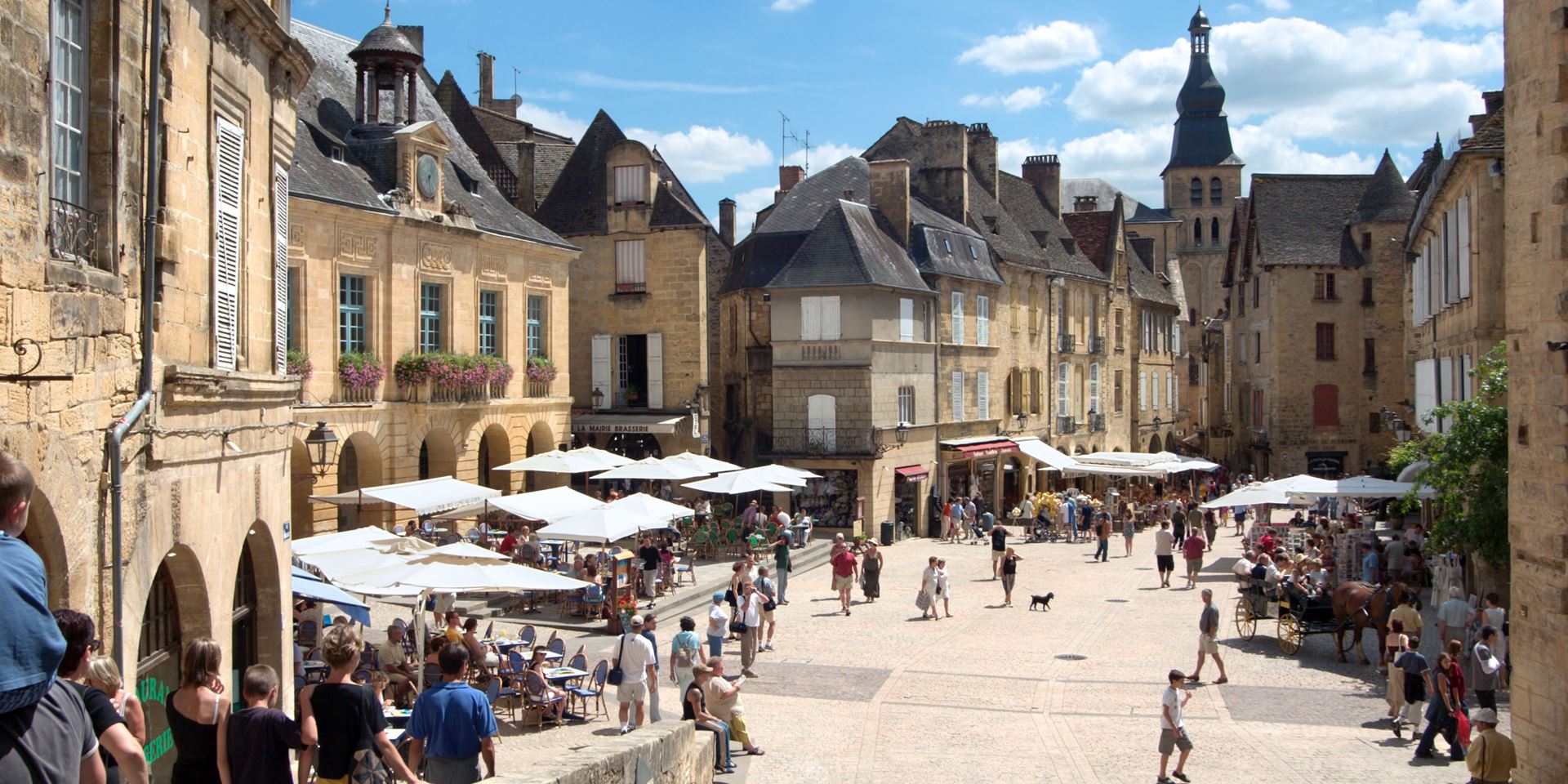
Only a few kilometres to Montcaret and Ste Foy la Grande lies the pretty village of Vélines. Perched on a ridge behind the town of Montcaret, the village has wonderful views to the south of the Dordogne river and the surrounding countryside.
The nearby Jardins de Sardy are worth a visit and many locals and tourists have spent time wandering around the majestic gardens which are inspired by a combination of English and Florentine style planting.
This pretty bastide town was founded in 1287 by the British. Today it is popular tourists due to the local lake, Le Lac de Gurson, where you can swim in the summer months and laze on the sandy beach which surrounds the lake.
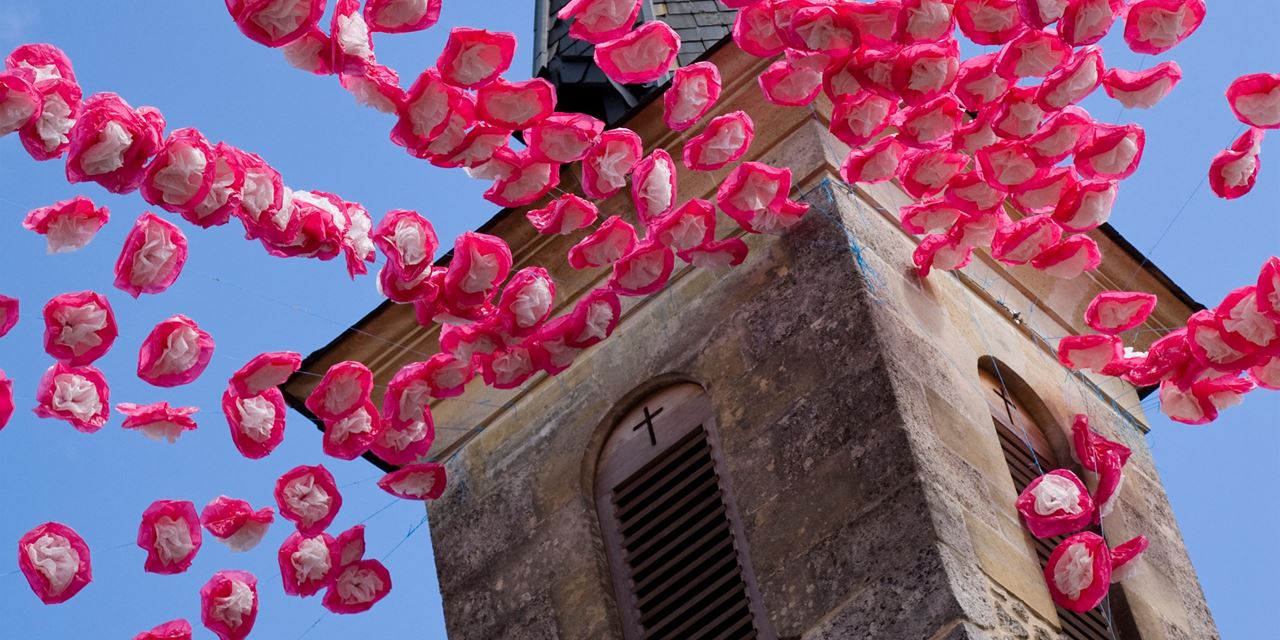
The area also has a number of activities including horse riding, fishing, tennis and of course boules! The area has easy access to the A89, which is the motorway connecting Bordeaux to Lyon.

Ce site utilise Google Analytics. Nous autorisez-vous à déposer un cookie à des fins de mesure d'audience ? En savoir plus